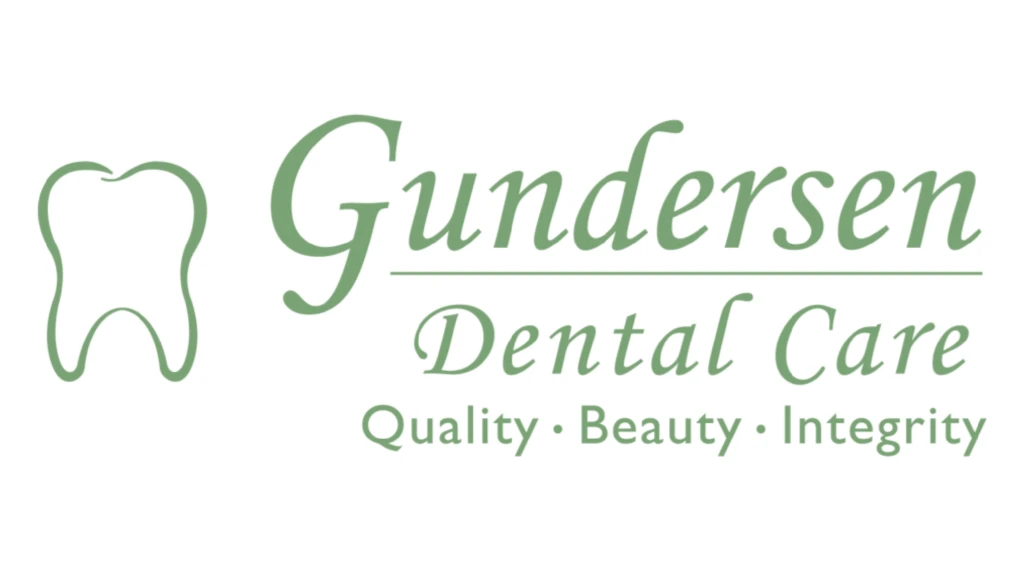Orthodontic CARE
Expert Tumwater Orthodontics
A Foundation for a Lifetime of Beautiful Smiles
Orthodontic treatment may occur in two phases.
For most people, a beautiful smile is the most obvious benefit of orthodontics. Moreover, after your orthodontist removes your braces, you’ll feel more self-confident. In addition, during your treatment, we want you to feel as comfortable as possible.
How Orthodontics Treatment Works
An orthodontist can make an orthodontic appliance out of metal, ceramic, or plastic. Furthermore, the appliance may be removable, or the orthodontist may bond brackets directly to your teeth. Additionally, by placing a constant, gentle force in a carefully controlled direction, braces slowly move your teeth to a corrected position. In fact, this is a great time to wear braces!
Gone are the days when an orthodontist placed a metal band with a bracket around each tooth. However, wires are also less noticeable than they used to be, and the latest materials allow orthodontists to move teeth faster with less discomfort to patients.
Duration of Orthodontics Treatment
Orthodontists typically complete treatment in one to three years, depending on the growth of the patient’s mouth and face, and the severity of the problem. For instance, patients grow at different rates and will respond variously to orthodontic treatment, so the time until case completion may differ from the original estimate.
Additionally, the patient’s diligent use of any prescribed rubber bands or headgear is an important factor in allowing the orthodontist to achieve the most efficient treatment. Most often, orthodontists begin treatment once all baby teeth have been lost, however in certain cases, interceptive or early treatment procedures are necessary. In these cases, orthodontic treatment may occur in two phases.
Two-Phase Treatment
What is the advantage of a two-phase orthodontics treatment?
Two-phase orthodontic treatment is a specialized process that combines tooth straightening and physical, facial changes. First of all, the purpose of two-phase treatment is to maximize the opportunity to accomplish the ideal healthy, functional, and aesthetic result that will remain stable throughout your child’s life.
What if Orthodontics treatment is put off?
In these cases where two-phase treatment is recommended, furthermore, delaying treatment can result in a need for more invasive treatment later in life that may not completely fix your child’s smile. Additionally, early treatment is most effective for achieving lasting results.
Phase One
A Foundation for a Lifetime of Beautiful Smiles
The goal of Phase One treatment is to help the jaw develop in a way that will accommodate all of the permanent teeth and improve the way the upper and lower jaws fit together. Furthermore, children often exhibit early signs of jaw problems as they grow and develop. Additionally, orthodontists can recognize an upper jaw that is growing too much or is too narrow at an early age.
Moreover, if children over the age of six have this jaw discrepancy, they are candidates for early orthodontic treatment. Also, if children around the age of eight have crowded front teeth, early treatment can prevent the need to extract permanent teeth later. In fact, early orthodontic treatment can guide the growth of the jaw and guide incoming permanent teeth into a better position.
Planning Now can Save your Child’s Smile Later
Early-phase treatment tremendously benefits children. Moreover, receiving early treatment may prevent the removal of permanent teeth later in life, or the need for surgical procedures to realign the jaws.
Making Records to Determine your Child’s Unique Treatment
The orthodontist will take records to determine the type of appliances to use, the duration of treatment time, and the frequency of visits. Moreover, records consist of models of the teeth, X-rays, and photographs. Additionally, during your child’s initial consultation, the doctor will take these records to determine if early treatment is necessary.
Resting Period
In this phase, the remaining permanent teeth are left alone as they erupt. Moreover, the orthodontist may not recommend retaining devices if they would interfere with eruption. Additionally, it is best to allow the existing permanent teeth some freedom of movement. Furthermore, a successful first phase will have created room for permanent teeth to find an eruption path. Otherwise, they may become impacted or severely displaced.
Monitoring the Teeth's Progress
At the end of the first phase of treatment, the teeth are not in their final positions. However, the orthodontist will determine and accomplish this in the second phase of treatment. Additionally, selective removal of certain primary (baby) teeth may be in the best interest of enhancing eruption during this resting phase. Therefore, periodic recall appointments for observation are necessary, usually on a six-month basis. As a result, the orthodontist can monitor the eruption progress and make any necessary adjustments to the treatment plan.
Phase Two
Stay Healthy and Look Attractive
The goal of the second phase is to ensure that each tooth has an exact location in the mouth where it harmonizes with the lips, cheeks, tongue, and other teeth. Furthermore, when the team establishes this equilibrium, the teeth will function together properly. In addition, Phase Two usually involves fitting the patient with full upper and lower braces.
At the beginning of the first phase, the orthodontist made orthodontic records and established a diagnosis and treatment plan. Moreover, the orthodontist used certain types of appliances in the first phase to correct and realign the teeth and jaw. Additionally, the second phase begins when all permanent teeth have erupted, and usually requires the orthodontist to fit braces on all the teeth. Finally, after this phase, the patient must wear retainers to ensure they retain their beautiful smile.
Orthodontics Retention
You’ve worked hard for your beautiful smile; keep it that way!
Finally, your orthodontist has removed your braces, and your smile is beautiful, straight, and best of all, metal-free! However, your orthodontic journey isn’t quite completed. In addition, to keep your smile looking its best, you’ll have to wear a retainer to preserve and stabilize your results. Furthermore, retainers are necessary to control or limit potential changes in tooth position. Additionally, your orthodontist will use them after your braces treatment to hold your teeth in their correct alignment while the surrounding gums, bones, and muscles adjust to the new positioning of your teeth.
Types of Retainers
Retainers are custom-made and can be removable or fixed.
- Traditional removable retainers typically include a metal wire that surrounds the front teeth and an orthodontist attaches it to an acrylic arch that sits on the roof of the mouth. The orthodontist can adjust the metal wires to finish treatment and continue minor movement of the front teeth as needed.
- Aligner-style retainers, or Essix retainers, look similar to clear aligners and offer a more aesthetic alternative to wire retainers. The dental lab produces this clear retainer from a mold of your newly aligned teeth. The retainer may fit over the entire arch of your teeth, or only from canine to canine (clip-on retainer).
- Fixed retainers consist of wires that the orthodontist bonds behind the bottom and/or top teeth. While the orthodontist usually requires the device no more than a year after extracting wisdom teeth, the patient often keeps it in place for life.
Pros and Cons
- You can take out removable retainers for eating and hygiene routines.
- You can easily lose removable retainers, so remember to keep yours in the case whenever you remove it to eat or brush.
- A fixed retainer is great if you don’t want to keep track of it, or if you don’t want to worry how many hours per day you must wear it.
- You need to pay a little extra attention to remove tartar while flossing teeth with fixed retainers. Patients with fixed retainers often must use floss threaders to pass dental floss through the small spaces between the retainer and the teeth.

